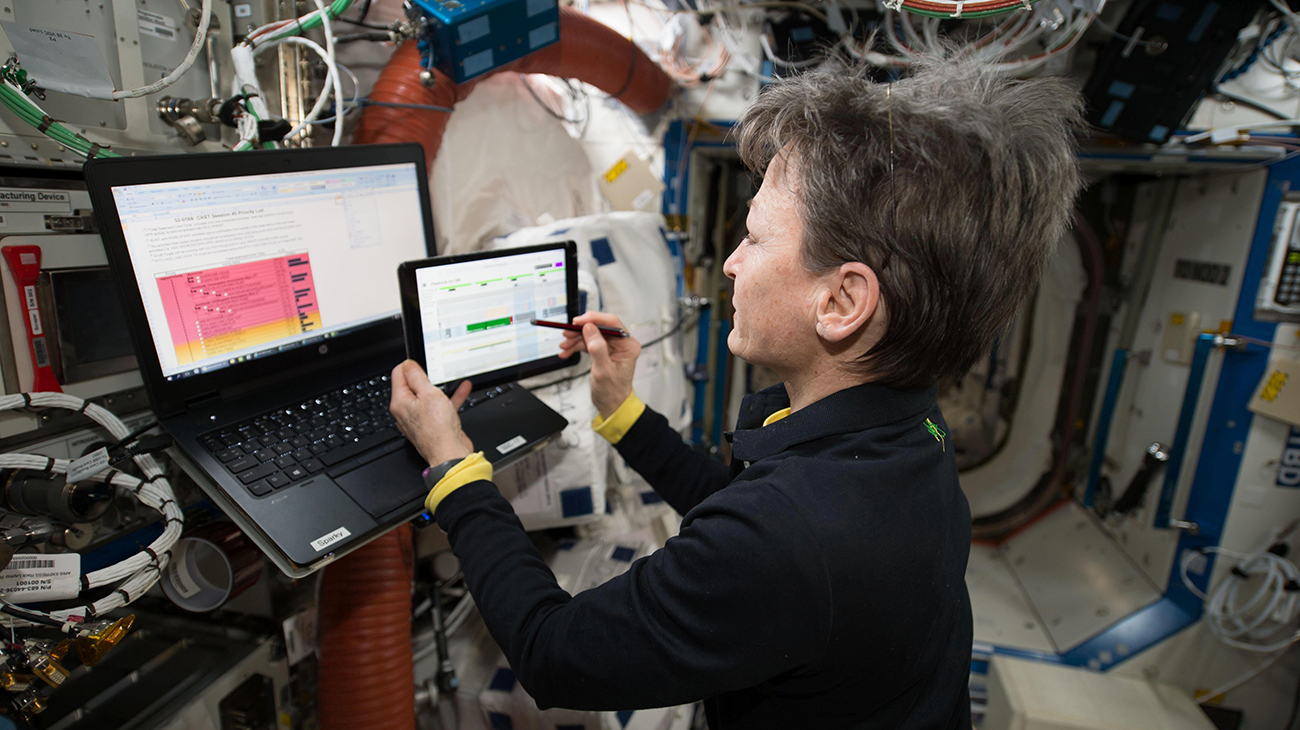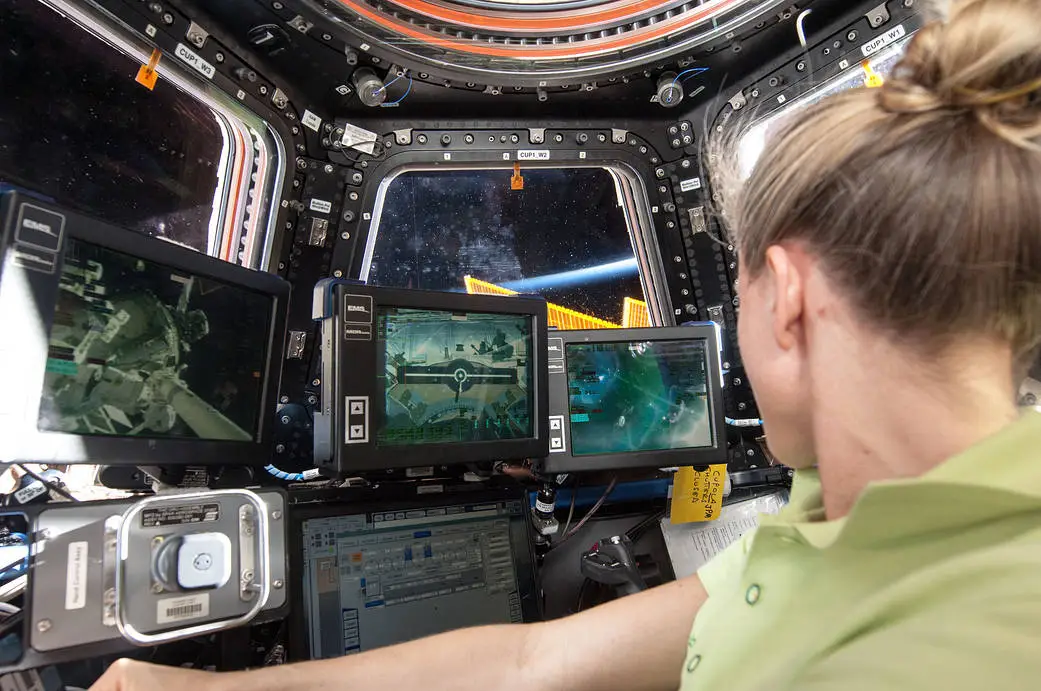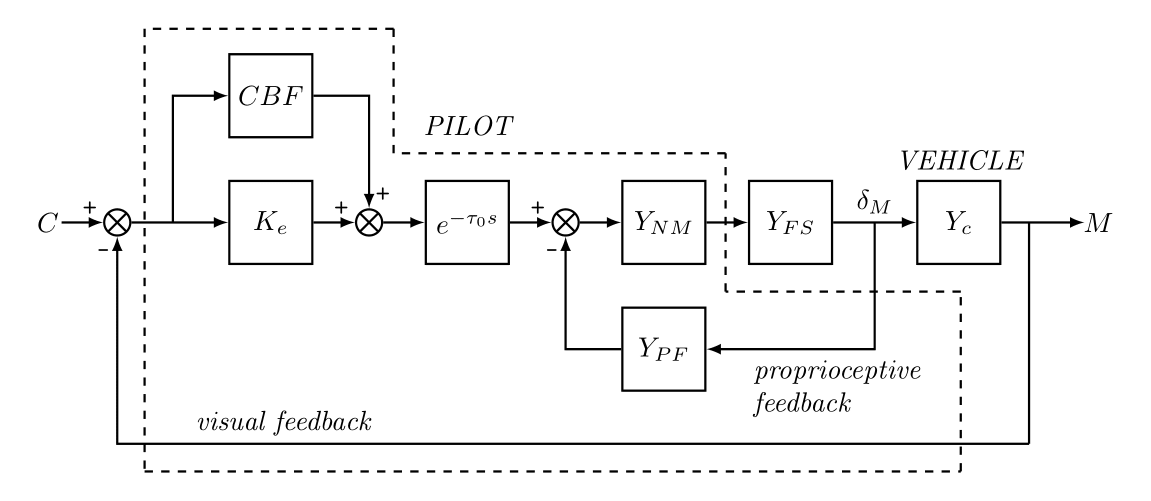Research Areas
My research advances human-centered design for complex sociotechnical systems, with particular emphasis on human spaceflight. Through a combination of controlled experimentation, analog mission studies, and mathematical modeling, I develop design principles and functional software tools that enable people to perform at their best.
As both a researcher and software developer, I build crew interfaces to simulations for training research, and prototype and deploy production-quality systems that directly support spaceflight operations. This dual expertise ensures my research translates into practical, usable technology.
1Crew Autonomy and Self-Scheduling
As NASA plans missions to the Moon and Mars, communication delays of up to 22 minutes each way will fundamentally change how crews operate. Real-time support from Mission Control becomes impossible, requiring astronauts to independently manage complex operational timelines and respond to dynamic situations without ground assistance.
My research addresses this challenge by developing and evaluating "self-scheduling" capabilities, systems that enable crews to collaboratively plan and replan their activities independently from Mission Control. The central question is: How do we design tools that allow non-experts to make mission-critical decisions with confidence?
Through analog mission studies in NASA's Human Exploration Research Analog (HERA) and aboard the International Space Station, I've validated novel scheduling interfaces and identified usability factors that support crew autonomy. I also contribute to the ongoing development of Playbook, an application that serves as mission-critical planning software for NASA analog missions (HERA, CHAPEA) and lunar payload deliveries (CLPS). This work directly informs the design of software systems for Artemis missions and beyond.
Recent Publications:

2Human-Automation and Robotic Interaction
Successful deep-space missions will depend on effective collaboration between astronauts, intelligent automation, and robotic systems. My research in this area helps mission planners make better, evidence-based decisions by systematically assessing the risks and opportunities of new automation and robotic technologies.
A key contribution has been developing trade-space analysis methods that use human performance modeling to quantify how crew size, automation capabilities, and mission parameters interact. This work revealed that a crew of four, the baseline for Mars missions, may lack sufficient expertise to handle unforeseen failures across critical systems, and that workload equivalent to current four-person ISS missions would require larger crews in deep space.
Beyond trade studies, this research has produced design guidelines for human-automation interaction in space operations, with emphasis on maintaining appropriate trust, supporting supervisory control across communication delays, and ensuring crews maintain situational awareness when automation is managing complex tasks. I've also engineered high-fidelity simulations to support human-in-the-loop research campaigns, enabling quantitative analysis of operator performance under varying configurations.
Recent Publications:

3Augmented Feedback and Performance Modeling
My doctoral research investigated how novel feedback systems can accelerate skill acquisition and retention in complex manual control tasks. The fundamental question: Can we design automated systems that match the effectiveness of expert human instructors?
I demonstrated that "concurrent bandwidth feedback", real-time, automated guidance that activates only when operators exceed error thresholds, significantly improves performance and reduces training time without increasing cognitive workload. This approach mimics how expert instructors selectively intervene, providing just enough support to accelerate learning without creating dependency.
A major theoretical contribution was extending the Structural Model of the human pilot, a mathematical framework used since the 1960s, to represent and predict the effects of concurrent bandwidth feedback. This model provides a powerful design tool for optimizing feedback parameters and predicting training outcomes, bridging human factors research with control theory. I've implemented these models and validated them through custom-built simulation environments that support real-time performance assessment.
Recent Publications:
